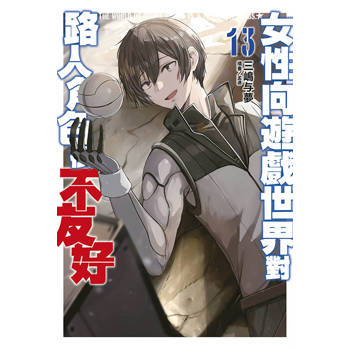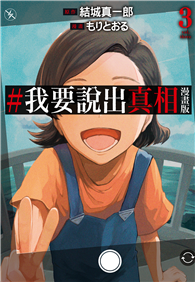Tom DeFalco’s earliest comic-book scripts were for Archie and DC; he soon moved to Marvel, where he wrote Avengers, Machine Man and other titles, also launching Dazzler, a hit series of the early ’80s. In addition to writing long and well-received runs on Amazing Spider-Man and Thor, DeFalco edited many titles, eventually becoming editor in chief. During the 1980s, he headed the creative team that provided fictional biographies for G.I. Joe members, originally included with Hasbro’s toys and later used as the basis for multiple storylines on the animated series. Perhaps his best-known work is multi-title character Spider-Girl, whom he introduced in 1998. DeFalco has authored multiple books, including Ultimate Guides for Avengers, Fantastic Four, Hulk and Spider-Man.
Bob Layton began as a prolific and popular inker for Charlton, Marvel and DC Comics, where he first teamed with longtime collaborator David Michelinie on Claw the Unconquered and Star Hunters. The Michelinie-Layton duo’s writing work on Iron Man (1978-1982 and 1987-1989) is one of the most popular and influential interpretations of that character. Leaving Marvel in 1990, he became a key writer/artist/editor at Valiant Comics, where he co-created characters such as X-O Manowar and rose to the post of editor in chief before departing. He still does occasional freelance work for DC and Marvel, notably Michelinie-Layton reunion projects Iron Man: Bad Blood (2000), Iron Man: Legacy of Doom (2008) and Iron Man: The End (2009).
After beginning his writing career on DC horror titles,
David Michelinie moved to Marvel. He and co-writer/inker Bob Layton established Iron Man’s battle with alcoholism, use of specialized armor variants and vendetta against Doctor Doom, as well as other aspects of the character that endure to this day. Michelinie’s unique blend of action, suspense and humor distinguished not only Iron Man, but also Amazing Spider-Man. With artist Todd McFarlane, he introduced the vicious vigilante Venom; he also wrote the first Venom limited series, Lethal Protector. Michelinie’s run as Amazing writer was second in length only to that of Stan Lee himself, while he also authored tie-in titles Spectacular Spider-Man, Web of Spider-Man and Spider-Man. He moved from Marvel’s flagship character to DC’s with a stint on Superman’s Action Comics, later returning to the world of Tony Stark for writing collaborations with Bob Layton on Iron Man: Legacy of Doom and Iron Man: The End.
Few can match
Ron Frenz’s record of substantial stints on two of comicdom’s most influential and revered characters, Spider-Man and Superman, both of whom he provided with controversial new looks. Frenz succeeded John Romita Jr. on Amazing Spider-Man, and his artwork was favorably compared to Steve Ditko’s original web-slinger. With Roger Stern, he introduced the Hobgoblin, covering the mysterious villain’s debut and revealing his identity more than a decade later in Hobgoblin Lives. With writer Tom DeFalco on Thor, Frenz debuted a new look and identity for Marvel’s Thunder God, eventually branching into Thunderstrike. Later, Frenz and DeFalco launched the MC2 Universe, home of Spider-Girl, the only Marvel heroine to reach 100 consecutive issues.
Three different incarnations of Cloak and Dagger were only a few of
Rick Leonardi’s artistic achievements for Marvel. His other credits include Uncanny X-Men, New Mutants and Spider-Man 2099. At DC, he drew Batman family titles Batgirl and Nightwing, as well as comic/film crossover Green Lantern vs. Aliens. At Event Comics, he penciled Painkiller Jane.
Two-time Emmy Award-winner
Bret Blevins’ early Marvel work included adaptations of films such as The Dark Crystal, Krull and The Last Starfighter. Moving into the Marvel Universe, he drew Strange Tales’ Cloak and Dagger feature, and penciled much of Louise Simonson’s New Mutants run. In 1996, he moved into TV animation, storyboarding for Batman Beyond, Justice League and New Batman/Superman Adventures. He now divides time between oil painting and freelance storyboarding.












